Eurozone PMI Manufacturing rose to 57.7 in February, up from 54.8, well above expectation of 54.4. That’s also the highest level in 36 months. PMI Services dropped to 44.7, down from 45.4, slightly above expectation of 44.5. PMI Composite rose to 48.1, up from 47.8.
Chris Williamson, Chief Business Economist at IHS Markit said:
“Ongoing COVID-19 lockdown measures dealt a further blow to the eurozone’s service sector in February, adding to the likelihood of GDP falling again in the first quarter. However, the impact was alleviated by a strengthening upturn in manufacturing, hinting at a far milder economic downturn than suffered in the first half of last year. Factory output grew at one of the strongest rates seen over the past three years, thanks to another impressive performance by German producers and signs of strengthening production trends across the rest of the region.
“Vaccine developments have meanwhile helped business confidence to revive, with firms across the eurozone becoming increasingly upbeat about recovery prospects. Assuming vaccine roll-outs can boost service sector growth alongside a sustained strong manufacturing sector, the second half of the year should see a robust recovery take hold.
“One concern is the further intensification of supply shortages, which have pushed raw material prices higher. Supply delays have risen to near-record levels, leading to near-decade high producer input cost inflation. At the moment, weak consumer demand – notably for services – is limiting overall price pressures, but it seems likely that inflation will pick up in coming months.”
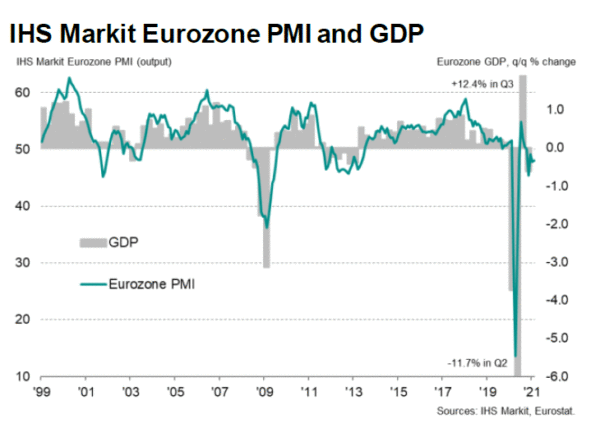
Full release here.






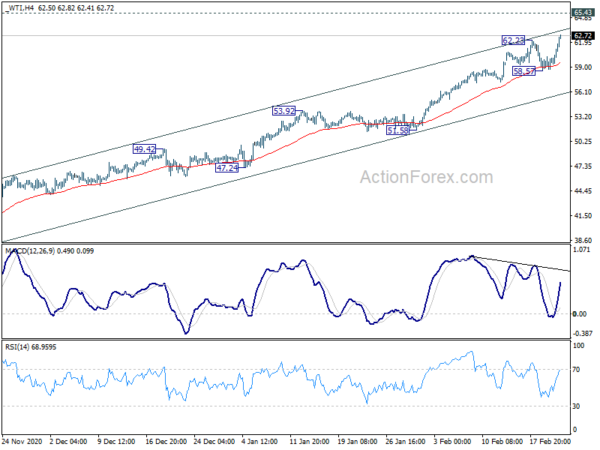
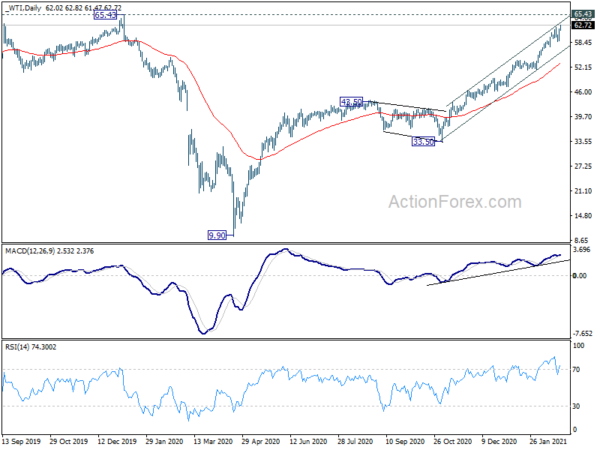
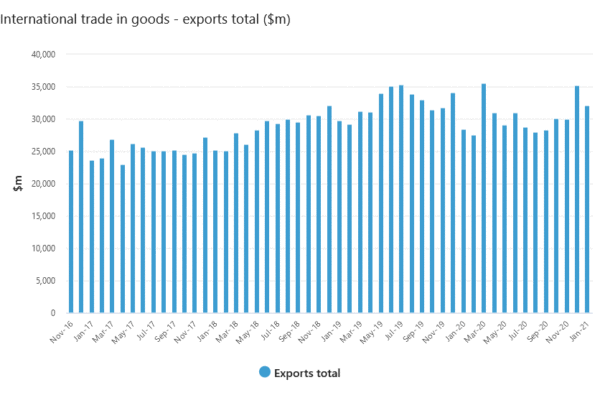
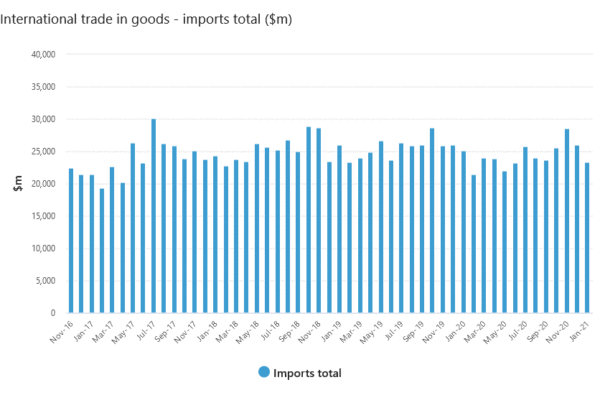
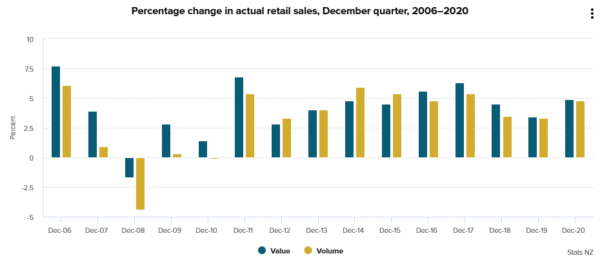
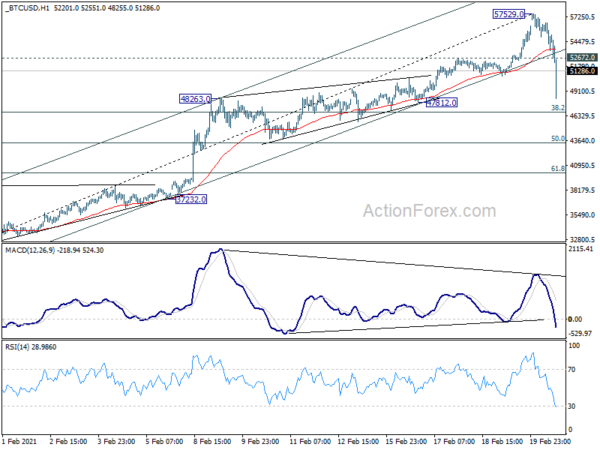
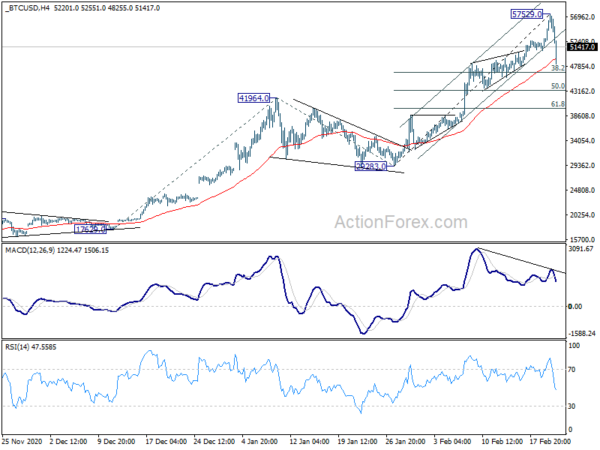
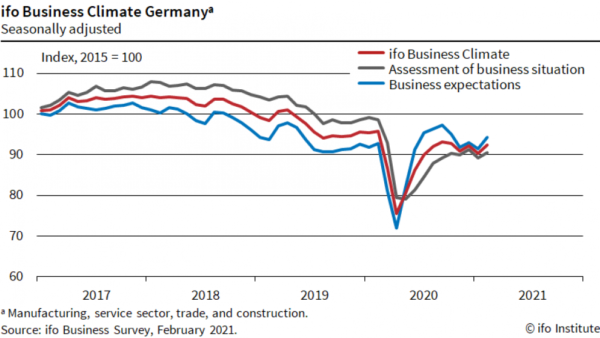
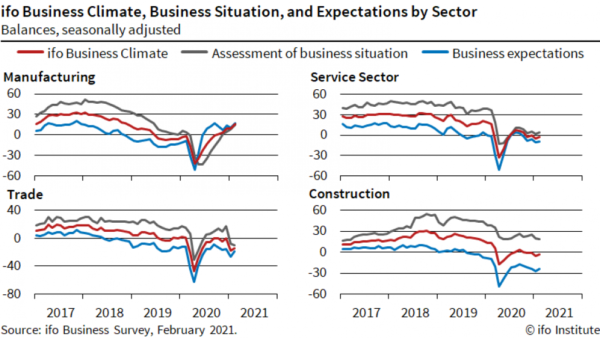
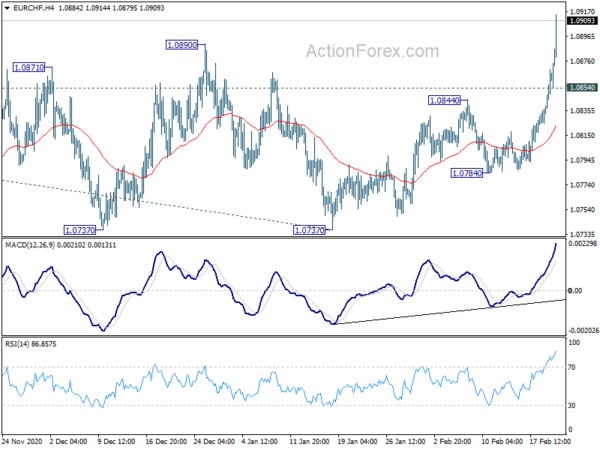
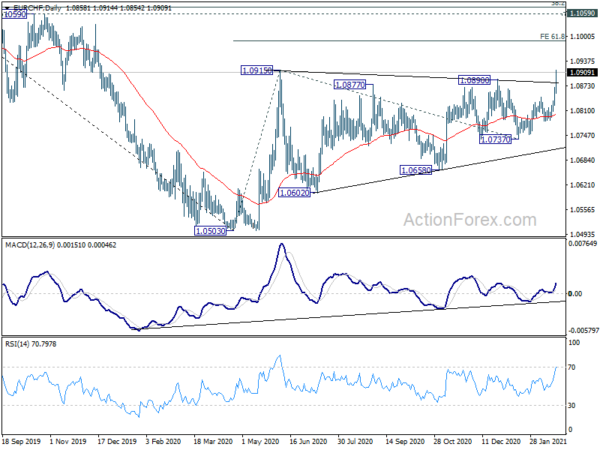
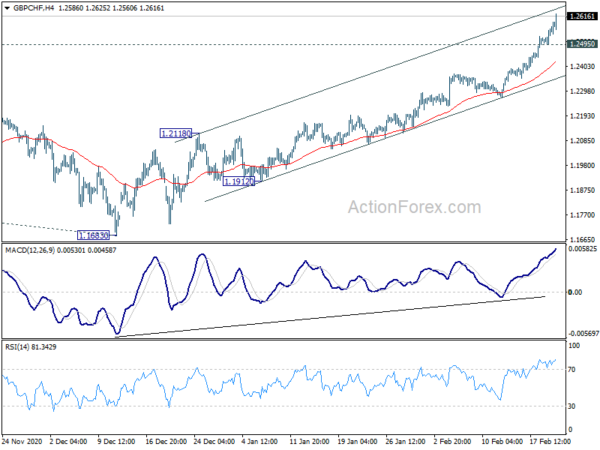
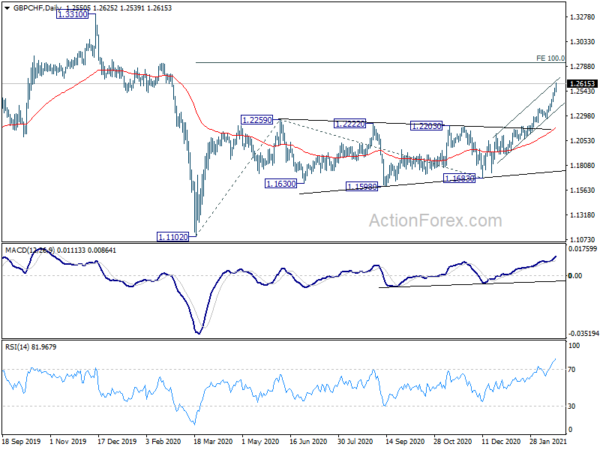
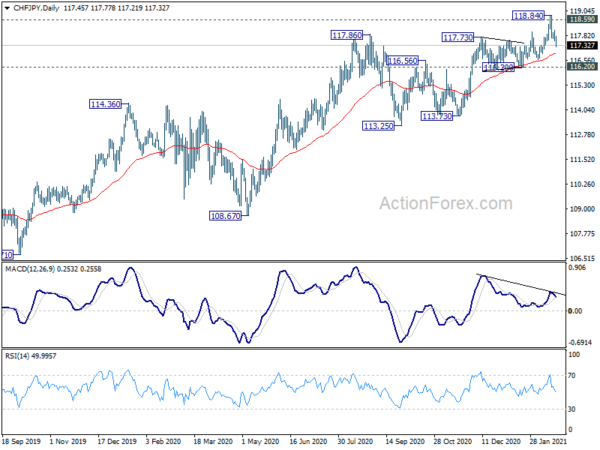
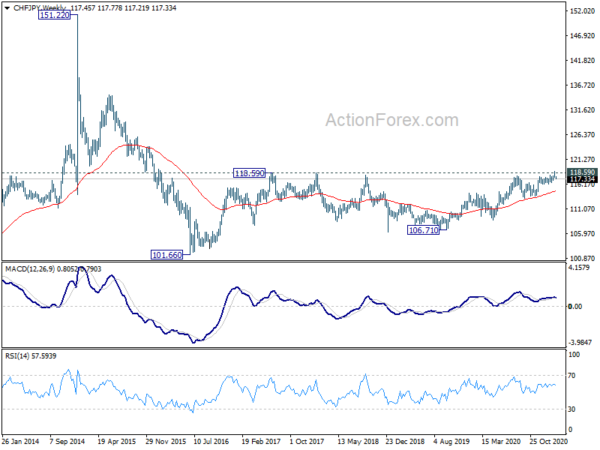
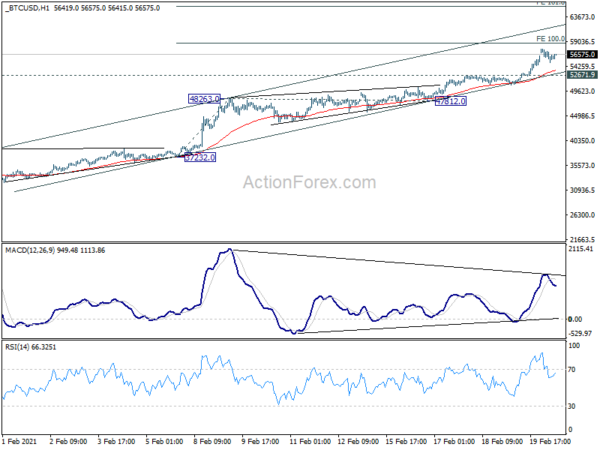
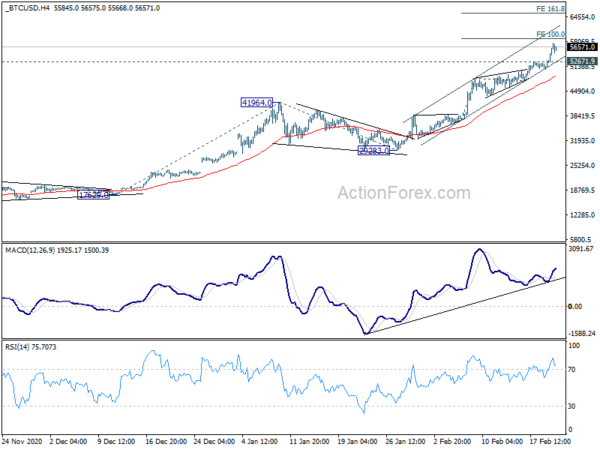
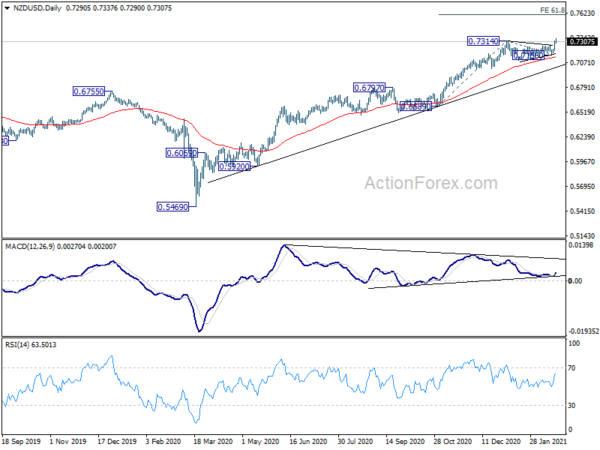
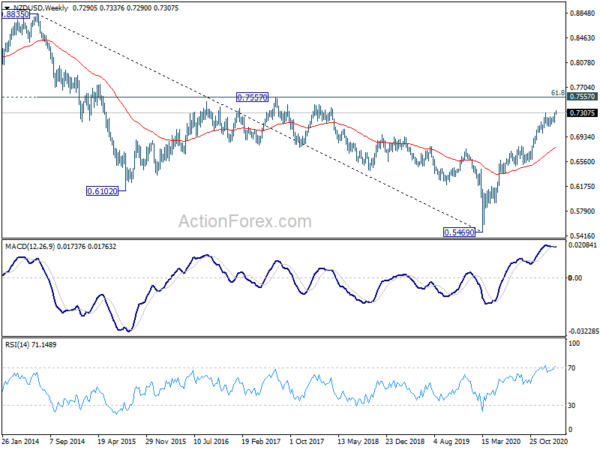
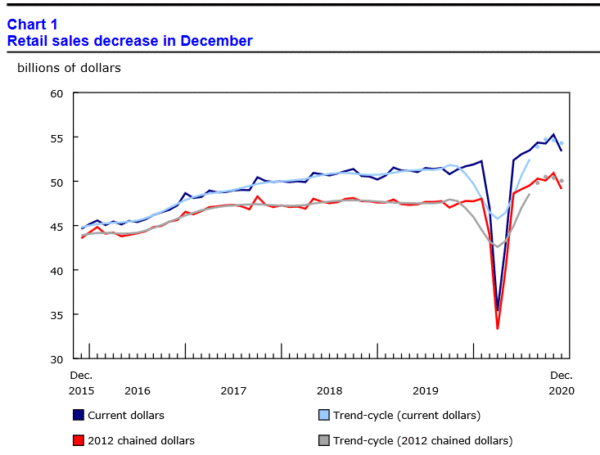
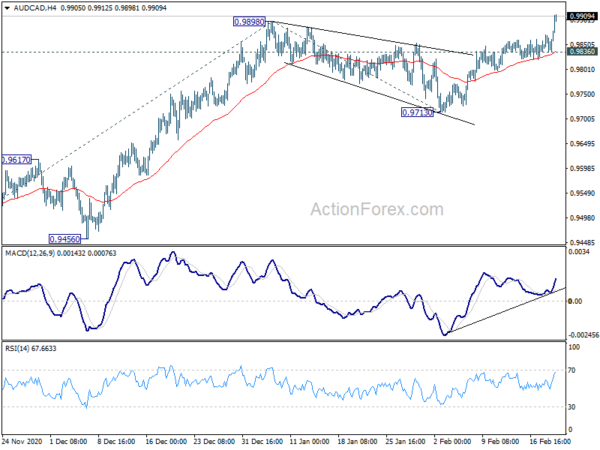
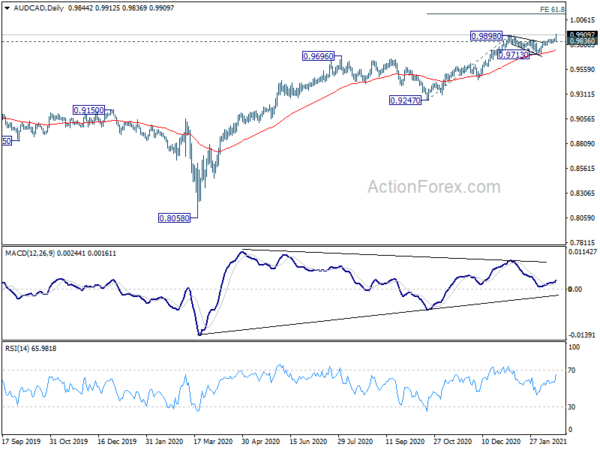
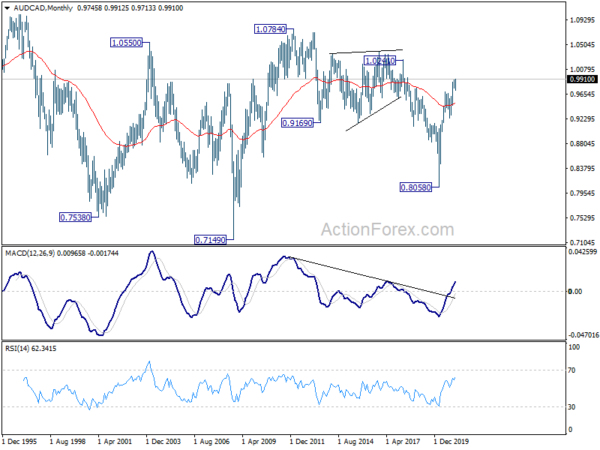
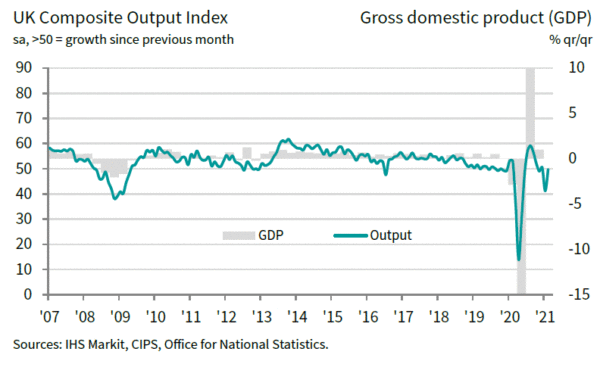


Eurozone CPI finalized at 0.9% yoy, EU at 1.2% yoy
Eurozone CPI was finalized at 0.9% yoy in January, up from December’s -0.3% yoy. The highest contribution came from services (+0.65%), followed by non-energy industrial goods (+0.37%), food, alcohol & tobacco (+0.30%) and energy (-0.41%).
EU CPI was finalized at 1.2% yoy, up from 0.3% yoy. The lowest annual rates were registered in Greece (-2.4%), Slovenia (-0.9%) and Cyprus (-0.8%). The highest annual rates were recorded in Poland (3.6%), Hungary (2.9%) and Czechia (2.2%). Compared with December, annual inflation fell in three Member States, remained stable in six and rose in eighteen.
Full release here.